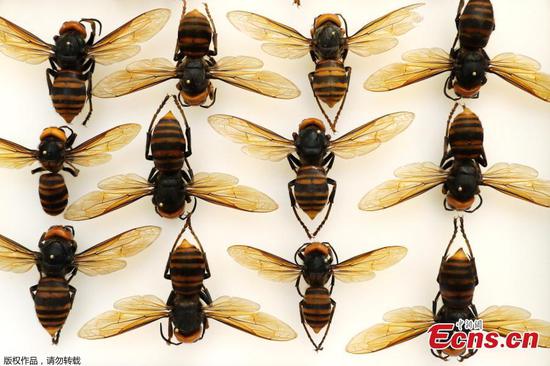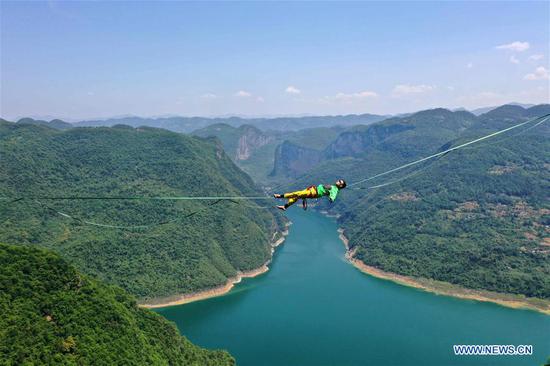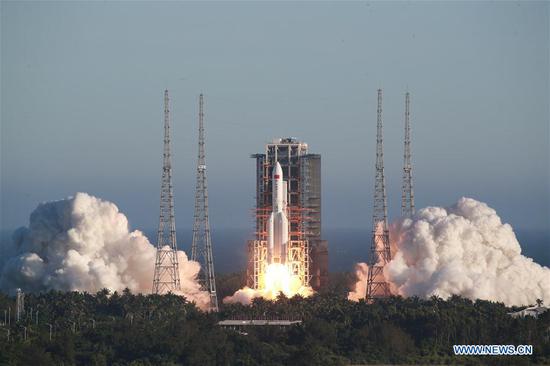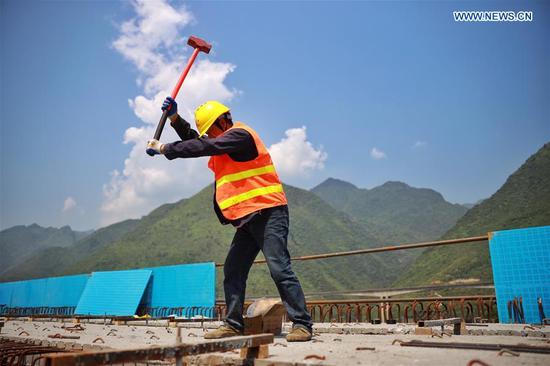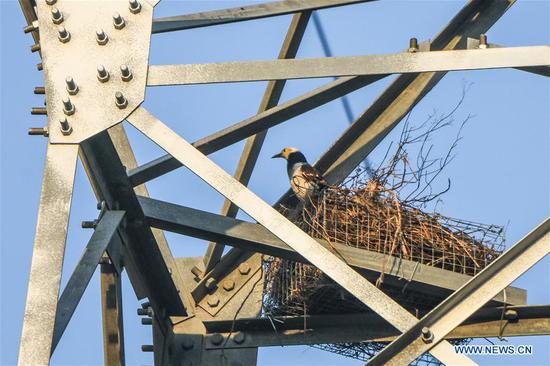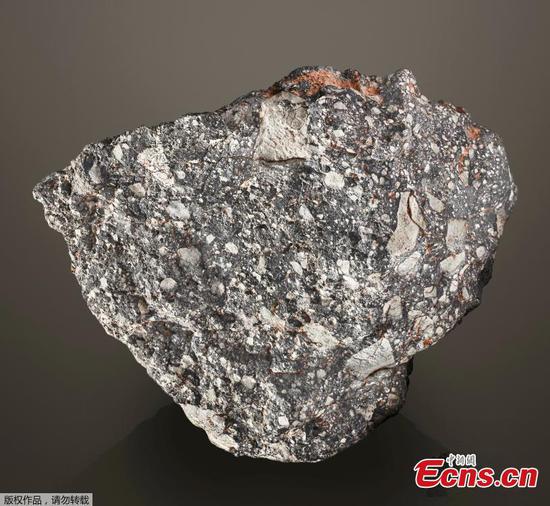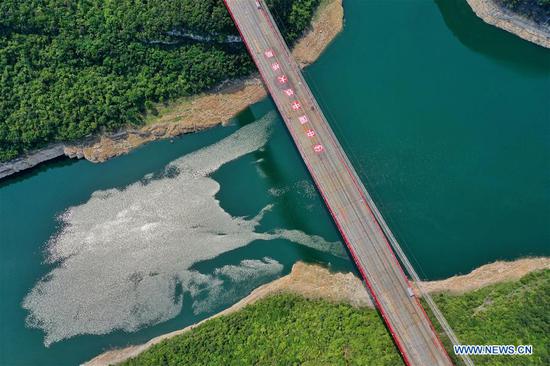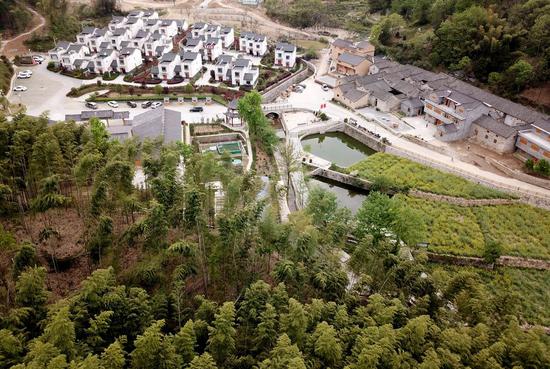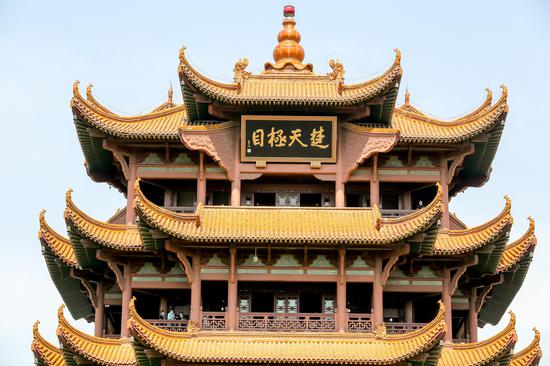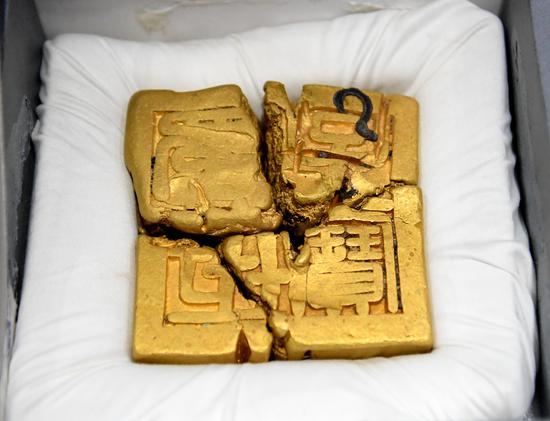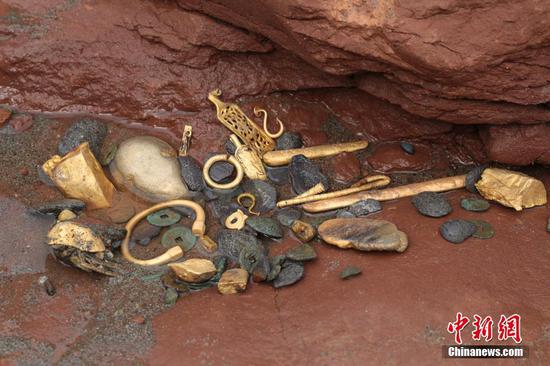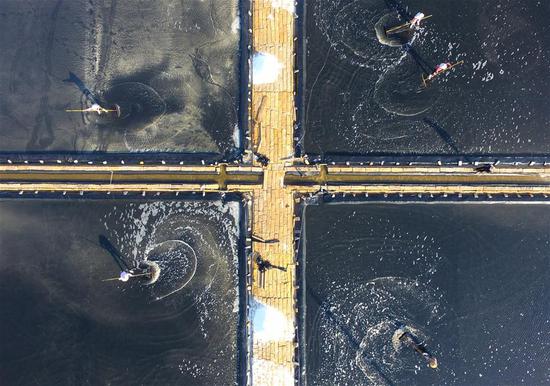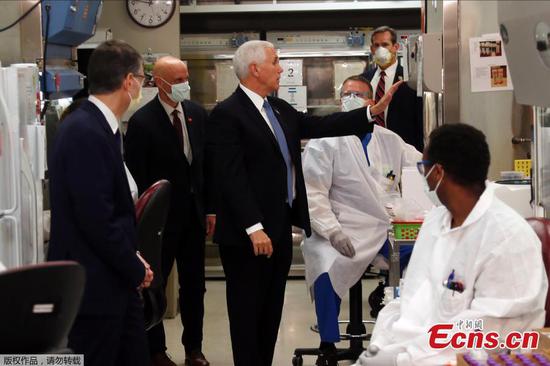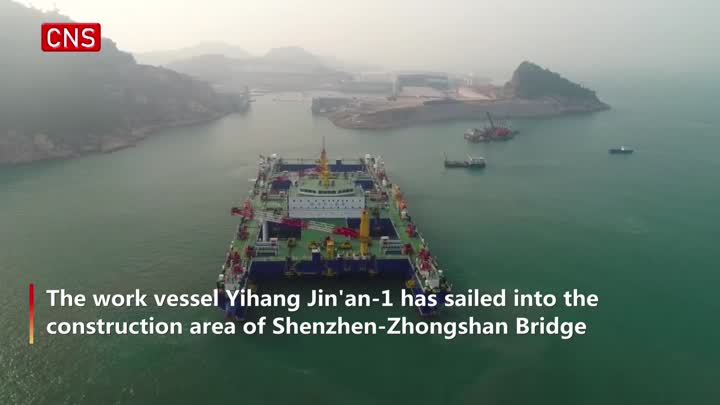
Human teeth and skull fragments from Jiegedong Paleolithic cave site in Hanzhong, Shaanxi province. (Photo provided to CHINA DAILY)
Considering the rich jade tradition in China, Hanxia, another site on the list in Dunhuang, Gansu province, where jade quarrying flourished for almost two millennia until the Han Dynasty (206 BC-AD 220), will help archaeologists figure out where the raw materials for the exquisite artifacts originated.
A similar case is in Xiwubi, a site in Shanxi province that was home to a booming bronze industry.
"Bronze appeared earlier in western Asia," said Wang Wei, president of the Chinese Society of Archaeology. "But as the technology came to China, a unique ceremonial system based on much more complicated bronze artifacts were gradually developed since about 4,500 years ago."
"The finding in Xiwubi may throw light on how the manufacturing of bronze artifacts contributed to the rise of powerful kings," Wang said.
Studies of ancient Chinese cities can make a big step forward thanks to the 4,000-plus-year-old Pingliangtai site in Henan province, where there is evidence of a drainage system, good urban planning and China's oldest double-wheel rut-a depression or groove made in a road by wheels.
Speaking of early Chinese cities, Huangchengtai, part of the ruins of Shimao, in Shenmu, Shaanxi province, from over 4,000 years ago, may raise more questions than offer answers.
Shimao, which covers 4 million square meters, has in recent years continuously interested archaeologists, who have been trying to understand which specific civilization it belonged to. And the discovery of a huge terrace last year, where there stood magnificent walls and 70 stone-relief totems, has made scholars even more curious about the potential importance of this ancient city.
"The terrace may indicate a political or religious hub," Wang said. "Other findings there had close connections with artifacts from later periods in China. It's even difficult to estimate now what these discoveries mean for studies of the origins of Chinese civilization."













